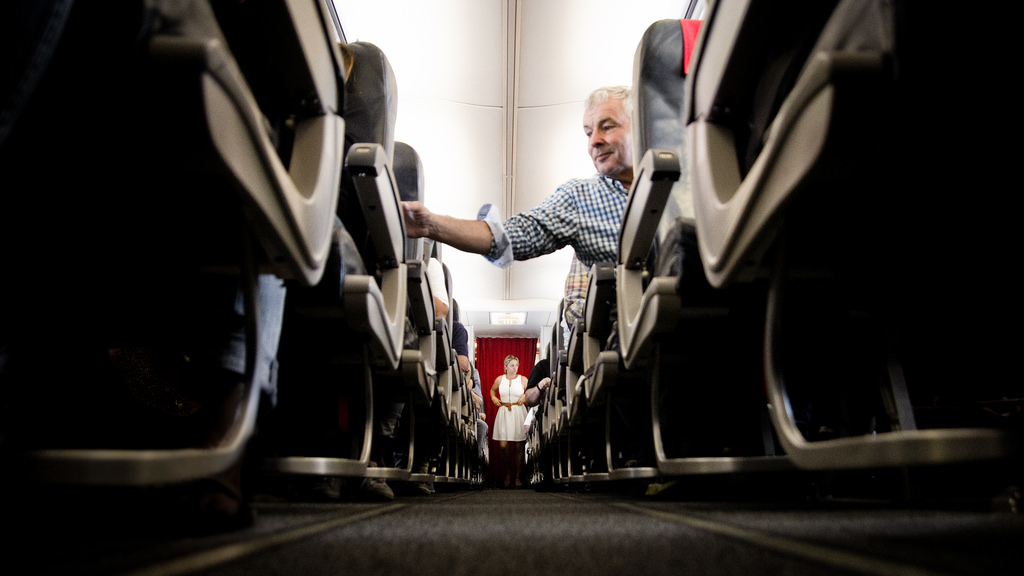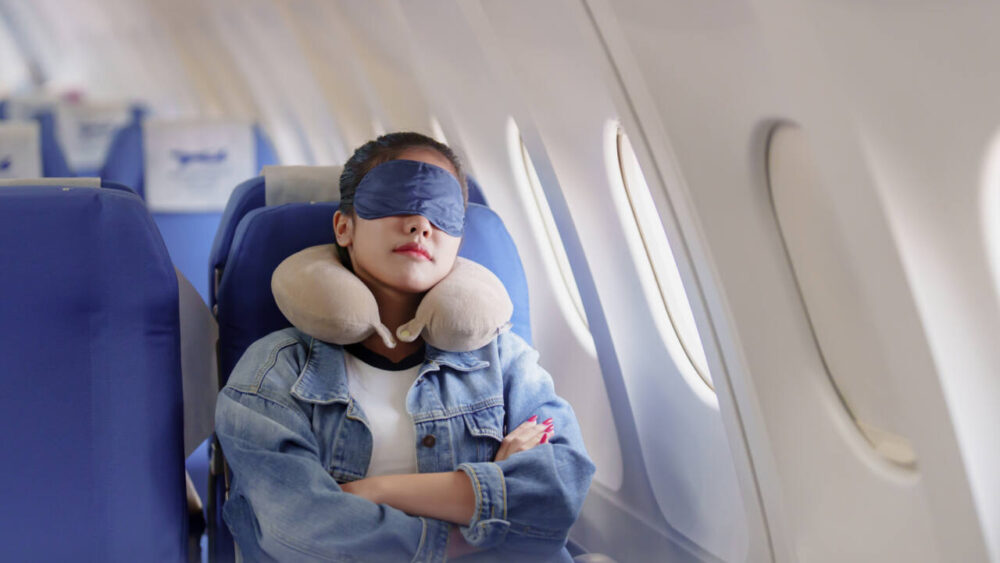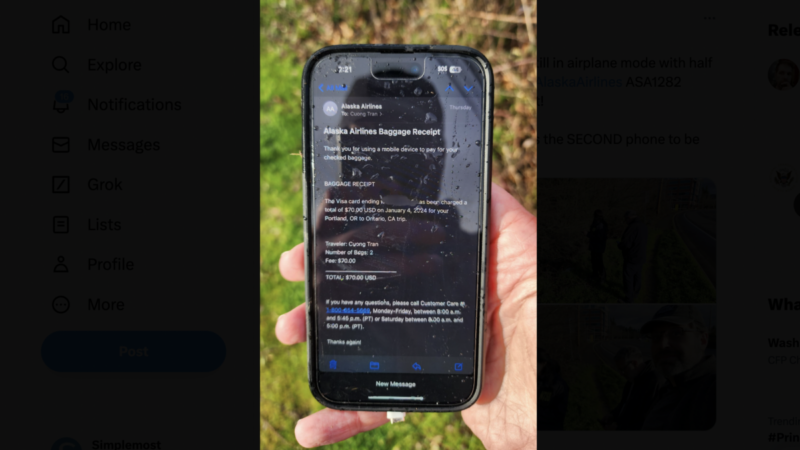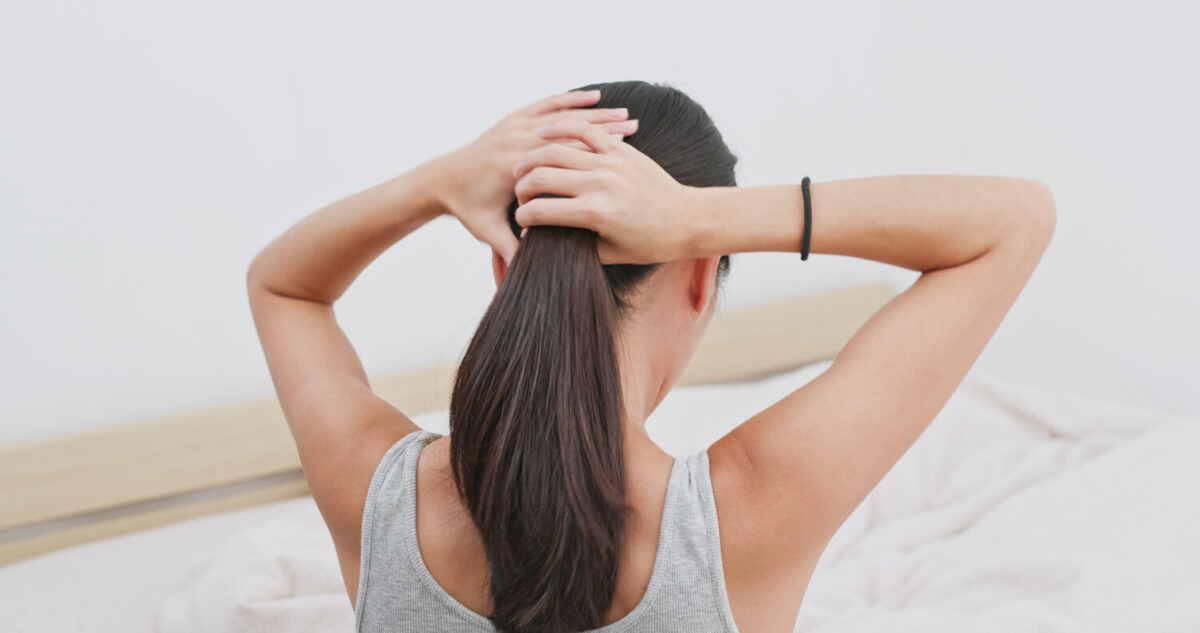The Dirtiest Things On Airplanes, Because Someone Needs To Tell You

Want to know the dirtiest surfaces on an airplane? (Then again, maybe you don’t.) Travelmath wanted to know and sent a microbiologist to do the dirty work, so to speak, to investigate four planes and five airports among two major airline carriers. Not necessarily a fun job, but definitely a fascinating one. (The experiment reminded me of some of the situations Discovery’s Mike Rowe gets into on Dirty Jobs.)
Pop quiz: What do you think was the dirtiest? Lavatory flush button? Bathroom stall locks? The tray table? If you guessed the latter, you’re right. (I used to think I was crazy for using a Wet One wipe on the tray table, but this study has inspired me to bring them on board again.)
“Bathrooms were some of the cleaner surfaces tested, which may be contrary to conventional thought,” Travelmath stated on their site. “Regular cleaning schedules mean these surfaces are sanitized more frequently. This is a good thing; while not discrediting the importance of cleaning all major surfaces between flights, bathrooms have the most potential for fecal coliforms to spread.”
So, we can assume that surfaces like tray tables and overhead air vents are not cleaned as often. Furthermore, different airlines have different cleaning rules and regulations. And, more cleaning can be done if more time is given to the flight crew between flights to do so, Travelmath suggested.
How was the study done? A Colony-Forming Unit (CFU) count was conducted to measure the amount of microorganisms there were in the bacteria on the surfaces. With CFU counts, since not every cell can be counted individually—which would take a ton of time—groups of microbes (the colonies) are counted instead.
Here were the (scary) numbers:
- Tray table – 2,155 CFU/sq. in.
- Drinking fountain buttons – 1,240 CFU/sq. in.
- Overhead air vent – 285 CFU/sq. in.
- Lavatory flush button – 265 CFU/sq. in.
- Seatbelt buckle – 230 CFU/sq. in.
- Bathroom stall locks – 70 CFU/sq. in.
Shocking, right?
And here’s a handy infographic to better understand—and see—Travelmath’s findings. The CPUs given were the median of the 4-5 samples taken at each location.
MORE: 11 Things You Should Avoid Touching In Public Places
Travelmath was not the first to study airplane germs. And opinions are varied in terms of which surfaces contain the most germs.
For instance, a team of microbiologists and engineers at Auburn University in Alabama found that E. coli and MRSA often stay on common airplane surfaces—such as tray tables, armrests, and toilet handles—much longer than a flight, according to NBC News. Kiril Vaglenov, a post-doctoral fellow in materials science, led the study and analyzed old parts from Delta. MRSA lasted 168 hours (!) on a cloth seatback pocket while E. coli lasted 96 on an airplane armrest. “I wouldn’t touch that pocket,” Vaglenov said. “I think that it should be replaced with something less porous.” Agreed!
Vaglenov’s not the only one dissecting plane germs. Dr. Charles Gerba (aka “Dr. Germ”), a microbiologist who’s published over 400 articles on environmental microbiology and pollution science, found airplane germs to be prevalent, as well, especially on headrests, armrests, tray tables, and bathrooms. He believes that airplane bathrooms have the most pathogens, though other items should be used with caution, too, like the handles on overhead bins and the tray table, he said. “Worst thing on the plane is the toilet—germiest by far,” Gerba told Fox News Magazine, also mentioning that usually at least 50 people use one plane restroom. “Best thing to do is use a hand sanitizer, and do not use the toilet,” Gerba said. No argument there.
So, the moral of the story? Planes, like many other places, have plenty of germs, and we can—and should—try to take certain precautions to avoid them.
I don’t know about you, but I’m about to go out and buy a bunch of hand sanitizer and Wet Ones for my next flight. After all, I want to travel, but I have other kinds of souvenirs in mind, not in the form of bacteria and E. coli.






